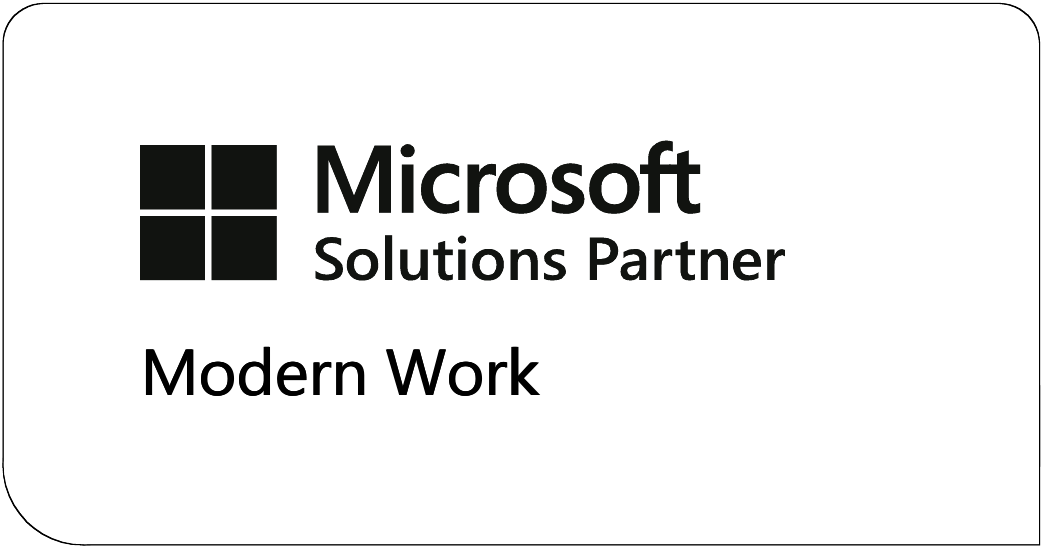Information labelling how and why?
How do you comply with information security rules when users work from any device, place and any time? Find your answer in information labelling!
Here at Universal IT we experience in our daily interaction with our customers that the modern workforce enjoys the power of their devices and mostly preferably work locally. They want to take advantage of the latest updates coming to their mobile devices, Mac and/or Windows PC’s. And use all the power, tools and features to make sure they can perform their work tasks better, quicker and – when being able to choose your preferred device – with more fun.
With company owned documentation required to be stored in the Cloud, information needs to be secured no matter their physical location. This is not always an easy task for security admins to achieve. With users working on company owned documentation stored in the cloud, containing information that needs to be secured no matter the physical location of the user of device. This is not always an easy task for security admins to achieve.
From endpoint security to information labelling & data encryption
To work on centralized stored documents and automatically synchronize changes to and from your device without compromising access permissions is the goal. But this must be transparent to the end user. Meaning that the information itself must be secured and attached to the files themselves and independent of the folder or location where it is stored. Simply storing a document in a secure folder on a fileserver is not enough if you want to ensure that it stays protected all the time and remain compliant with ISO27002.
Encryption technology can be used to grant access to verified users and devices only. Your users need to be uniquely identified by the organizations directory. The same goes for the devices they use. That means that unknown (personal) devices are locked out by default. Only enrolled devices can be verified and thus be trusted. This all may sound complicated and expensive, but this information technology is now available by just assigning the right licenses and configuring the required policies.
From a end-user perspective it is no more than assigning a label to the document they are creating. It is as simple as marking a text bold or italic. Adding information labels is just like that. After a Word or Excel sheet has been labeled it can be exchanged with others by e-mail for example. The receiver will be granted access after verification of the user account and device is completed.
There are no restrictions or limitations to working on these documents together in real time. By editing the document directly in SharePoint or Microsoft Teams it allows your users to collaborate with colleagues in a secure way. Without hesitating whether you comply with company security regulations.
All of the above can now be achieved on all modern operating systems used by your end-users. Microsoft recently released new versions of Office for mobile devices to make sure that you can even collaborate on the go.

